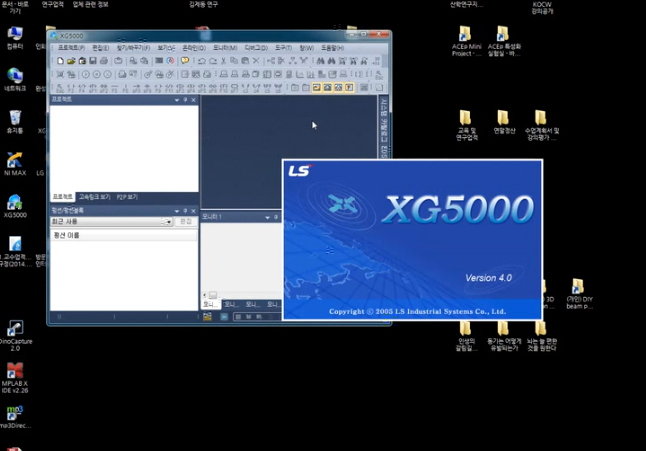Current methods for construction site modeling employ large, expensive laser range scanners that produce dense range point clouds of a scene from different perspectives. Days of skilled interpretation and of automatic segmentation may be required to c...
http://chineseinput.net/에서 pinyin(병음)방식으로 중국어를 변환할 수 있습니다.
변환된 중국어를 복사하여 사용하시면 됩니다.
- 中文 을 입력하시려면 zhongwen을 입력하시고 space를누르시면됩니다.
- 北京 을 입력하시려면 beijing을 입력하시고 space를 누르시면 됩니다.

Human Assisted Fitting and Matching Primitive Objects to Sparse Point Clouds for Rapid Workspace Modeling in Construction Automation
한글로보기https://www.riss.kr/link?id=A100926212
-
저자
권순욱 (한국건설기술연구원) ; KWON SOON-WOOK
- 발행기관
- 학술지명
- 권호사항
-
발행연도
2004
-
작성언어
English
- 주제어
-
KDC
540
-
등재정보
KCI등재
-
자료형태
학술저널
-
수록면
151-162(12쪽)
- 제공처
-
0
상세조회 -
0
다운로드
부가정보
다국어 초록 (Multilingual Abstract)
Current methods for construction site modeling employ large, expensive laser range scanners that produce dense range point clouds of a scene from different perspectives. Days of skilled interpretation and of automatic segmentation may be required to convert the clouds to a finished CAD model. The dynamic nature of the construction environment requires that a real-time local area modeling system be capable of handling a rapidly changing and uncertain work environment. However, in practice, large, simple, and reasonably accurate embodying volumes are adequate feedback to an operator who, for instance, is attempting to place materials in the midst of obstacles with an occluded view. For real-time obstacle avoidance and automated equipment control functions, such volumes also facilitate computational tractability. In this research, a human operator's ability to quickly evaluate and associate objects in a scene is exploited. The operator directs a laser range finder mounted on a pan and tilt unit to collect range points on objects throughout the workspace. These groups of points form sparse range point clouds. These sparse clouds are then used to create geometric primitives for visualization and modeling purposes. Experimental results indicate that these models can be created rapidly and with sufficient accuracy for automated obstacle avoidance and equipment control functions.
동일학술지(권/호) 다른 논문
-
민간투자사업의 개선을 위한 성능중심적 발주방식과 PSC
- 한국건설관리학회
- 임종권
- 2004
- KCI등재
-
- 한국건설관리학회
- 송병덕
- 2004
- KCI등재
-
주40시간제 시행에 따른 공사원가 및 공사기간의 영향분석
- 한국건설관리학회
- 김경래
- 2004
- KCI등재
-
- 한국건설관리학회
- 박형근
- 2004
- KCI등재




 ScienceON
ScienceON


